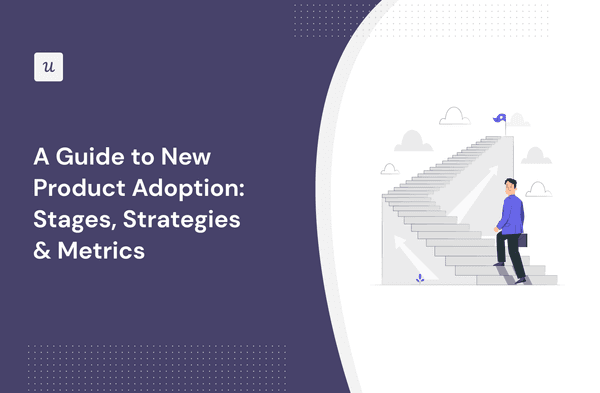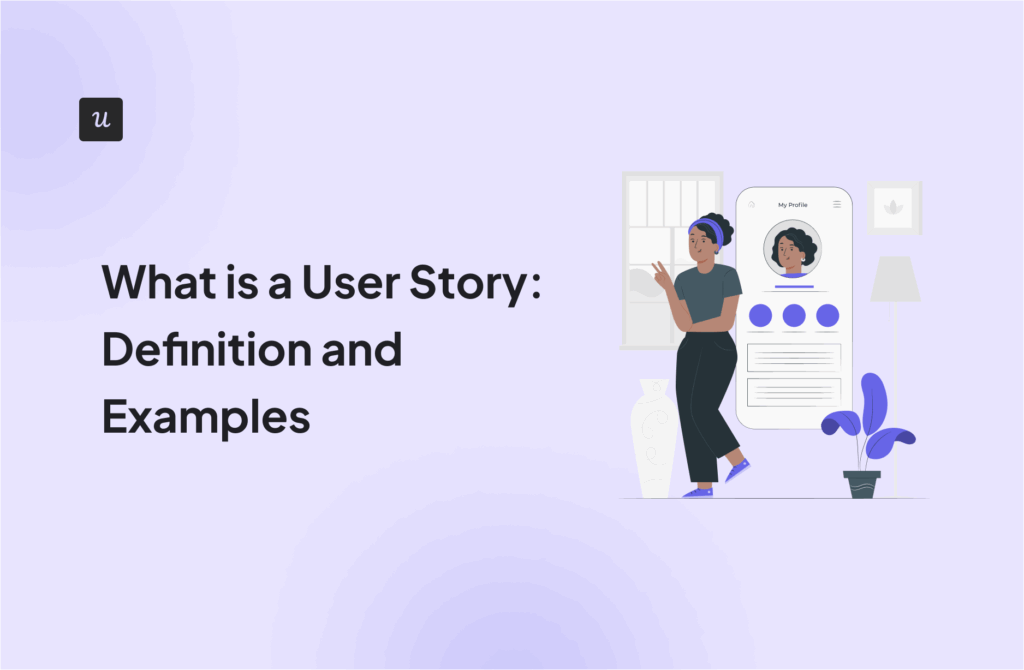![Your Ultimate Guide to B2B Loyalty Programs [With Examples] cover](https://blog-static.userpilot.com/blog/wp-content/uploads/2024/05/your-ultimate-guide-to-b2b-loyalty-programs_f1c50abb9e916dff8d9b094dfefeeceb_2000.png)
Are you using B2B loyalty programs in your business? They are a great way to encourage and retain customers by offering rewards to help you create long-term relationships with new customers.
B2B loyalty programs can take many different shapes, so this article will explore how yours might look, why they are important, how you can build one, and some examples to inspire you.
Try Userpilot Now
See Why 1,000+ Teams Choose Userpilot

What are B2B loyalty programs?
A B2B loyalty program is designed to reward businesses for their continued partnership and encourage customers to repeat purchases.
Unlike traditional customer loyalty programs, which you might be familiar with, these programs focus on creating long-term relationships between businesses.
These programs can include various elements to increase customer retention. Some common features include:
- Tiers: The more you engage or purchase, the higher the tier you can achieve, unlocking greater benefits. Higher tiers might offer exclusive services, higher discount rates, or priority support, incentivizing businesses to increase engagement and purchases.
- Rewards and Points: Earn points for purchases you can redeem for various rewards. This system encourages regular purchases and provides a tangible benefit for loyalty, ranging from discounts to free services or products.
- Cashback: Receive a percentage of your spending back, which you can use for future purchases. This immediate financial benefit makes continued partnership economically attractive, reducing overall business costs.
- Exclusive Offers: Access special services, discounts, or products only available to loyal customers. These unique benefits can provide a competitive edge and make the loyalty program participants feel valued and privileged.
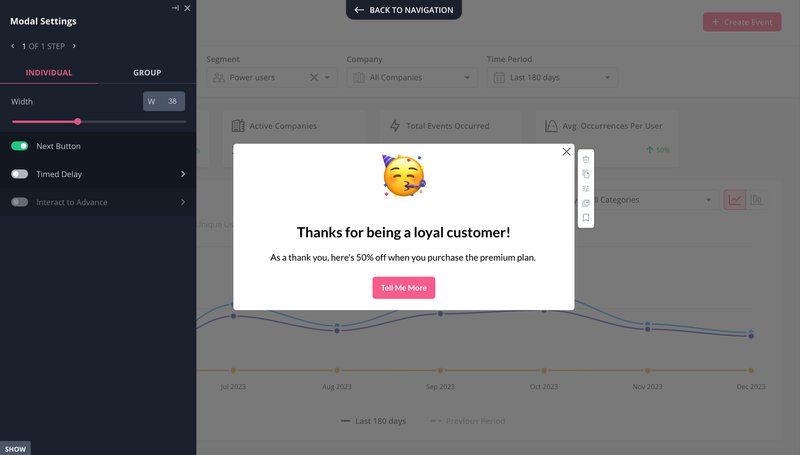
Why are B2B loyalty programs important?
Implementing a B2B loyalty program can bring several significant benefits to your business. Here are some of the key advantages:
- Increased Customer Retention: Loyalty programs encourage you to stay with a service provider long-term, reducing the likelihood of switching to a competitor. This consistency can help build a stable foundation for your business operations.
- Repeat Purchases and Higher Revenue: Participating in a loyalty program makes people more likely to make multiple purchases, driving up the revenue for your business and the service provider. This steady stream of business helps both parties grow and thrive.
- Business Relationships and Partnerships: Loyalty programs foster stronger relationships between businesses. These relationships can lead to valuable partnerships where both parties benefit from shared knowledge, resources, and opportunities.
- Upselling and Cross-Selling Opportunities: Participating in a loyalty program can expose you to upselling and cross-selling opportunities that you might not have considered otherwise for customer expansion. For example, your SaaS provider might offer additional features or complementary services to enhance your overall experience and efficiency.

What is the difference between B2B and B2C loyalty programs?
Understanding the distinctions between B2B and B2C loyalty programs is essential, as each type caters to different audiences and goals. Here are the key differences:
- Membership: B2B loyalty programs are designed for businesses, focusing on long-term partnerships, while B2C programs target individual consumers aiming for immediate multiple purchases.
- Program Type: B2B programs often involve tiered structures and personalized services tailored to business needs. In contrast, B2C programs usually include points systems, discounts, and general rewards for a broader audience.
- Rewards and Offers: In B2B programs, a rewards program might include exclusive access to advanced features, extended support, or bulk purchase discounts. B2C programs typically offer discounts, freebies, or special deals on products.
- Level of Personalization: B2B loyalty programs offer a high level of personalization, catering to specific business requirements and objectives. B2C programs, while personalized to some extent, generally aim at broad consumer segments.
- Data Collection: B2B programs collect detailed data on business operations, purchase patterns, and usage to tailor offerings. B2C programs gather consumer preferences and shopping behavior data to optimize marketing strategies.
How to build a B2B loyalty program
Creating successful customer loyalty programs involves strategic planning and a deep understanding of your customers’ needs. By focusing on customer loyalty, you can design a program that encourages customers with long-term business relationships and drives growth.
Here is how to do it.
1. Determine your loyalty strategy
The first step in building a successful B2B loyalty program is to develop a well-thought-out marketing strategy beforehand. Start by setting clear goals—increasing customer retention, boosting purchases, or enhancing customer engagement.
Understanding your audience is crucial; conduct thorough research to identify their needs, preferences, and pain points. This information will help you tailor your loyalty programs to their specific requirements.
Next, decide on the type of loyalty programs that best suit your business model and audience. Some popular types of B2B loyalty programs include:
- Referral Programs: Encourage existing customers to refer new businesses to your services, rewarding them for each successful referral.
- VIP Memberships: Offer exclusive benefits to your loyal customers, such as premium support, early access to new features, or special discounts.
- Partner Programs: Develop partnerships with other businesses to provide mutual benefits and rewards, creating a support network and shared growth.
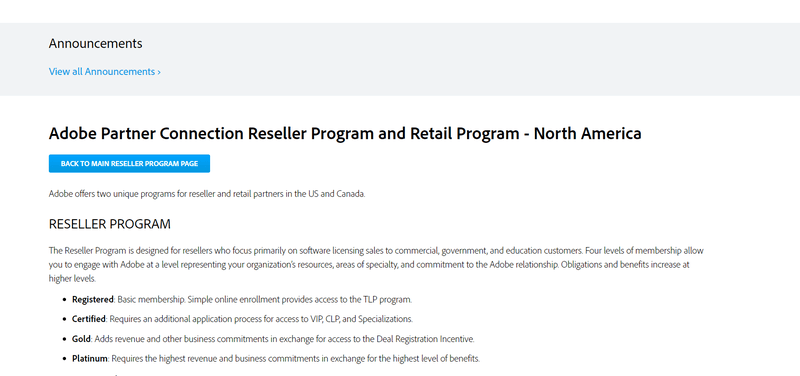
2. Plan the specifics
Once you’ve determined your loyalty strategy, the next step is to plan the logistics. This includes defining the terms and conditions of your reward program, setting eligibility criteria, and deciding on the delivery method and timeline.
These details are crucial for ensuring that your program runs smoothly. Clearly communicating these specifics to your partners is essential to avoid confusion or disputes.
Thorough planning will help build trust and ensure everyone understands how the program works and what is expected.
3. Have efficient onboarding flows
Efficient onboarding is vital for the success of your B2B loyalty program. Develop onboarding flows to communicate the program details effectively and provide necessary instructions to your audience.
The onboarding process should be personalized for each segment or even individual partners. To achieve this, build user personas to determine where and how to personalize the onboarding experience.
This tailored approach ensures that every partner feels valued and understands how to maximize the benefits of customer loyalty programs.
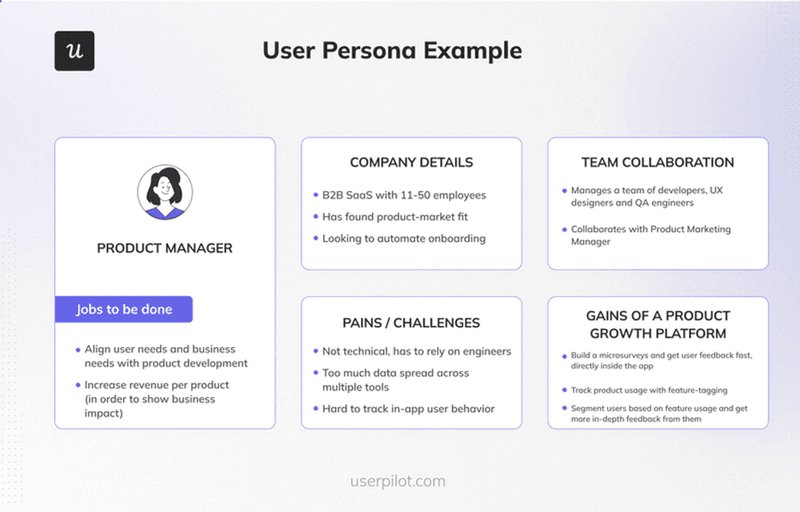
4. Measure and modify
To ensure your loyalty program is effective, you must have clear KPIs to measure its performance. Key metrics might include Net Promoter Score (NPS), Return on Investment (ROI), Monthly Recurring Revenue (MRR), Annual Recurring Revenue (ARR), and Customer Lifetime Value (CLV).
Regularly tracking these metrics will help you stay on top of the program’s performance and quickly adjust if you’re not achieving the expected results. Continuously measuring and modifying your program will help you maintain its relevance and effectiveness, ensuring long-term success.
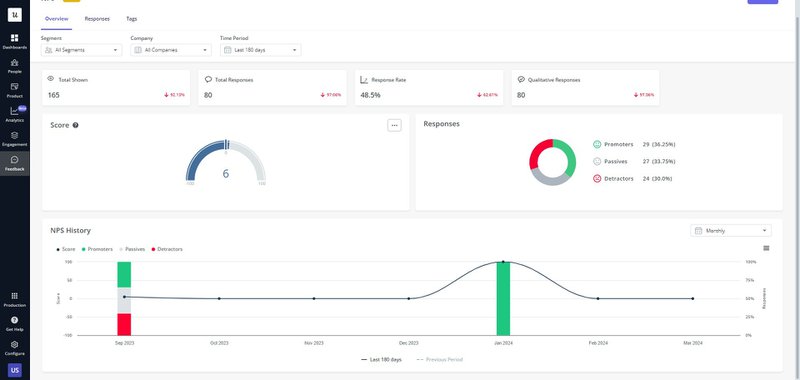
7 Best practices for high-performing B2B loyalty programs
To ensure your B2B loyalty program achieves its goals and delivers maximum value, it’s essential to follow best practices. Here are seven key strategies that can help you build and maintain a high-performing loyalty program.
1. Work with data
To optimize your B2B loyalty program, you need to leverage data effectively. Start by measuring key metrics such as customer loyalty rate, program performance, and product usage.
These metrics will help you identify your loyalty program’s trends, opportunities, and pitfalls. Tools like Userpilot for data collection and analytics can help you gain valuable insights into customer behavior and program effectiveness.
By analyzing this data, you can tailor your loyalty program to better meet your customers’ needs, enhance engagement, and drive long-term business growth.
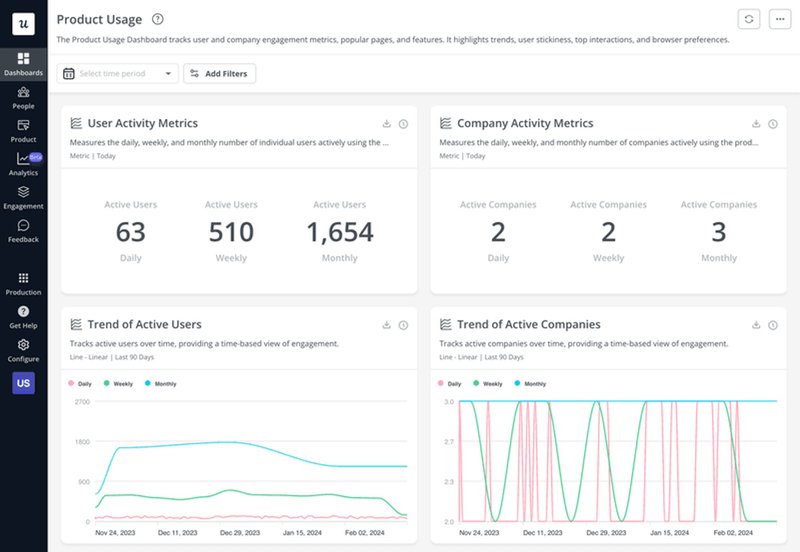
2. Up the personalization
In B2B loyalty programs, a one-size-fits-all approach doesn’t work. To maximize the effectiveness of your program, tailor offers and rewards to partners based on their business type, size, needs, and preferences.
Use the data you collect to segment your audience and personalize your program, ensuring each partner feels valued and understood. This will create a more engaging and effective loyalty program that caters to each partner’s unique needs.
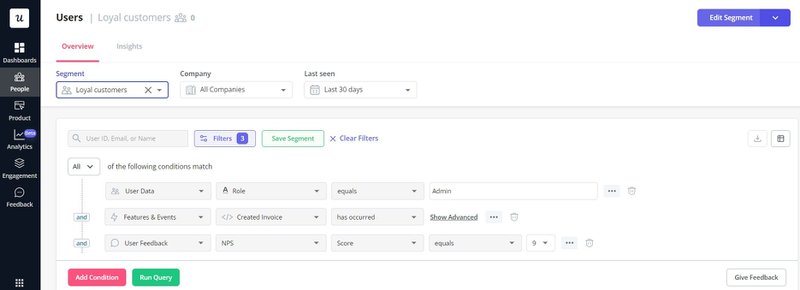
3. Offer proactive support
Engaging with clients proactively is crucial for maintaining strong business relationships. By anticipating their needs and addressing potential issues before they escalate, you can significantly enhance client satisfaction and loyalty.
Ensure that top-notch support is readily available through various channels, such as live chat, in-app resource centers, or other means. This proactive approach demonstrates your commitment to client success and helps build trust and long-term partnerships.
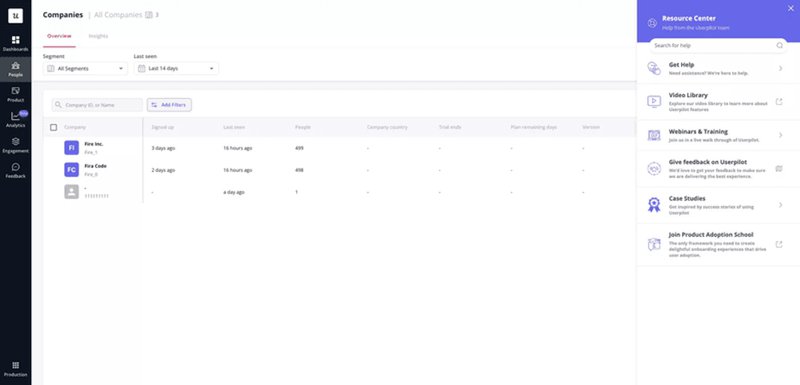
4. Invest in customer education
Educating your customers is a key part of being proactive. Customers who understand your product better experience less friction and realize value faster, leading to higher satisfaction.
Utilize in-app education tools like product tours and interactive walkthroughs to provide immediate, hands-on learning. Additionally, consider offering communities, webinars, and seminars to build stronger customer relationships and enhance customer knowledge.

5. Keep it user-friendly
Avoid complicating your loyalty program to prevent frustration. Ensure that delivering rewards, bonuses, and other incentives is straightforward.
A user-friendly program encourages participation and keeps partners engaged without unnecessary hassle.
6. Play around with gamification
Incorporate gamification elements to encourage higher engagement and the completion of favorable actions. Integrating features such as points, badges, leaderboards, and challenges into your loyalty program can make the experience more interactive and enjoyable for your partners.
This approach not only motivates partners to participate more actively in brand loyalty but also drives them to achieve desired behaviors, such as filling out surveys, making purchases, or engaging with your content.
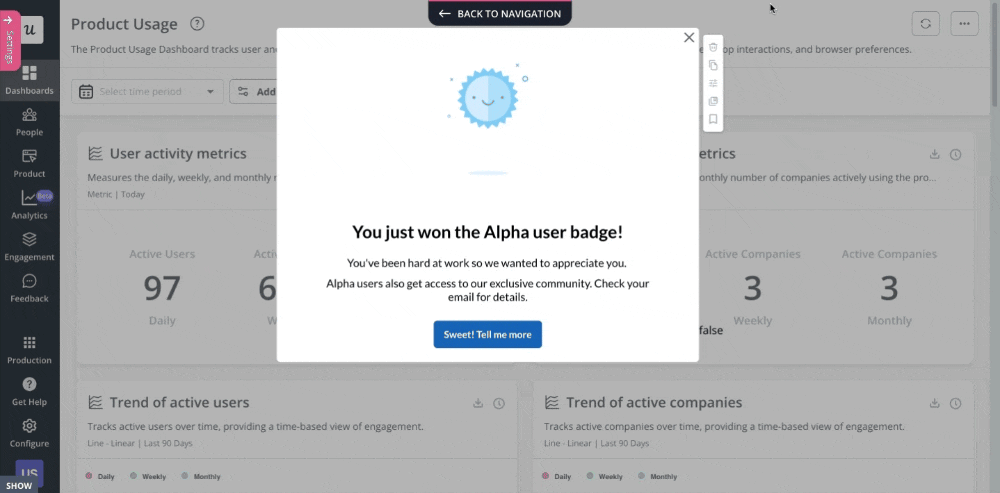
7. Get feedback
While data and sales metrics are important, they don’t provide the full picture. Collect feedback directly from program participants to gain deeper insights into your loyalty program and to understand their likes and dislikes. Numbers and sales data can tell you what is happening, but participant feedback can tell why.
Gather this valuable information using personalized and contextual surveys. Personalized surveys allow you to tailor questions to specific segments of your audience, ensuring that the feedback you receive is relevant and actionable.
Contextual surveys, on the other hand, are delivered at appropriate times during the user experience, such as after a purchase or upon achieving a milestone, capturing feedback when it is most pertinent.

5 best B2B loyalty programs
To understand what makes a loyalty program successful from business to business, let’s examine real examples from leading companies.
These case studies showcase best practices in action and offer valuable insights into creating effective B2B loyalty strategies
1. Salesforce Partner Program
The Salesforce Partner Program offers a comprehensive loyalty initiative that supports and rewards its partners. By providing extensive training, certification, and marketing resources, Salesforce ensures its partners are well-equipped to succeed.
The program uses best practices like tiered memberships, where partners can advance to higher levels based on performance, unlocking more benefits and exclusive offers. This approach encourages continuous engagement and growth.
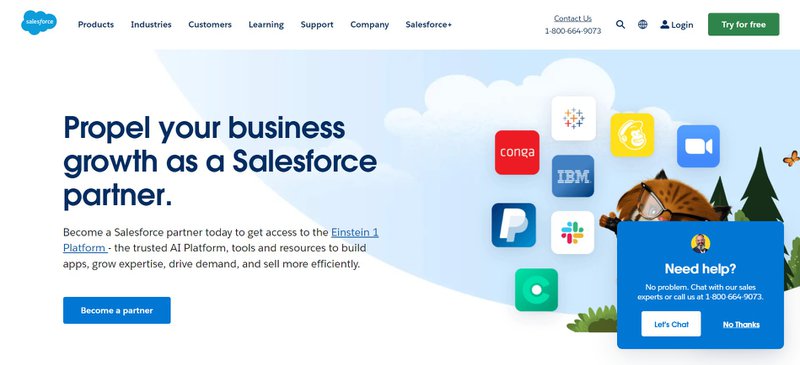
2. HubSpot for Startups Partner Program
HubSpot’s Partner Program for startups is a customer loyalty program designed to help early-stage companies grow by giving them discounted access to HubSpot’s powerful marketing, sales, and CRM tools.
This program uses best practices such as offering personalized support, tailored onboarding, and co-marketing opportunities. By focusing on startups’ specific needs, HubSpot helps partners succeed and grow, creating a strong and loyal customer base.
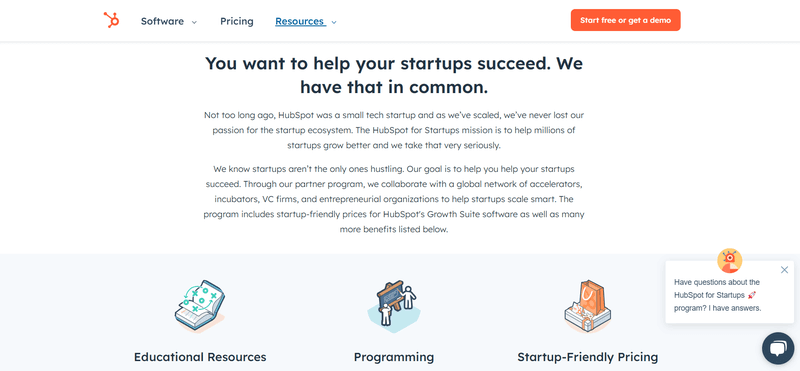
3. Asana Technology Program
The Asana Technology Program is designed to integrate and align technology partners with Asana’s project management platform. It incorporates best practices like providing technical resources, co-marketing opportunities, and early access to new features.
This program encourages partners to develop integrations that enhance the Asana experience, creating value for both parties and fostering a loyal and innovative partner ecosystem.
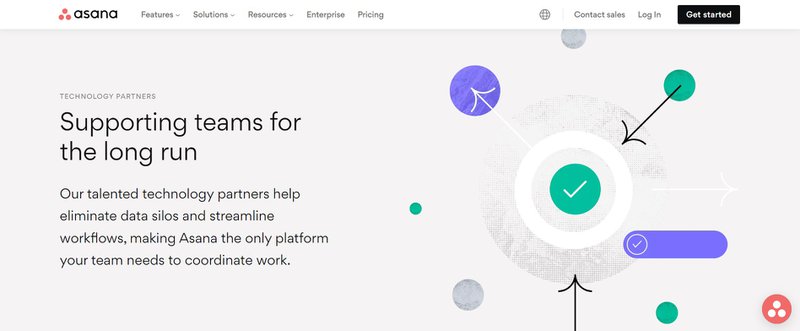
4. IBM Partner Plus
IBM Partner Plus offers a robust customer loyalty program that supports existing customers through various stages of their business journey. It includes best practices such as tiered rewards, personalized business support, and comprehensive training and certification programs.
By enhancing partners’ skills and capabilities, IBM ensures they are well-prepared to deliver innovative solutions, fostering long-term loyalty and collaboration.
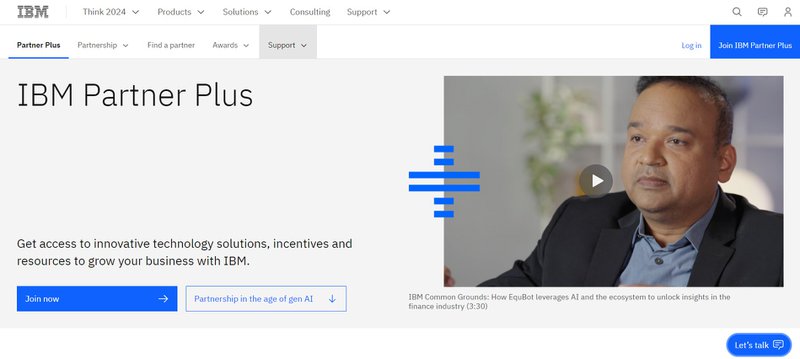
5. Mailchimp & Co
Mailchimp & Co is a customer loyalty program designed for freelancers and agencies using Mailchimp’s marketing platform. It employs best practices, such as providing exclusive access to training, certifications, and priority support for the existing customer base.
By offering these valuable resources, Mailchimp helps its partners enhance their skills and services, fostering a community of highly engaged and loyal users better equipped to drive success for their clients.
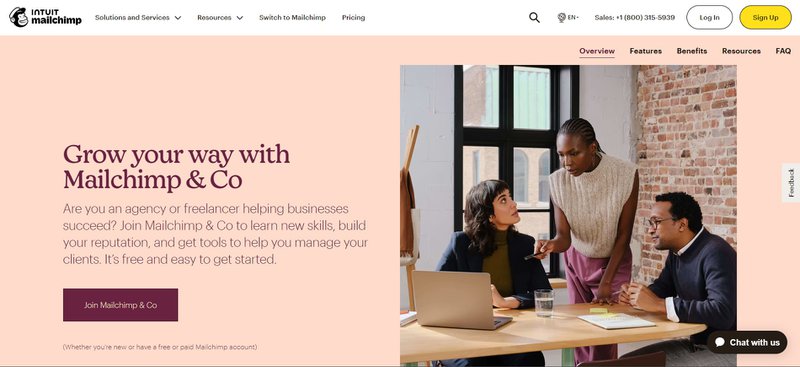
Conclusion
B2B loyalty programs are great ways to increase customer loyalty and are great customer retention solutions. They strengthen business relationships and reward customers for continuing their business relationship with you.
To take your customer loyalty rewards programs to the next level, try using Userpilot. Userpilot can help you collect customer data to measure your loyalty programs’ performance, customize rewards and awards based on customers, and get customer feedback. If you want to see these features in action, Get a Userpilot demo now.





